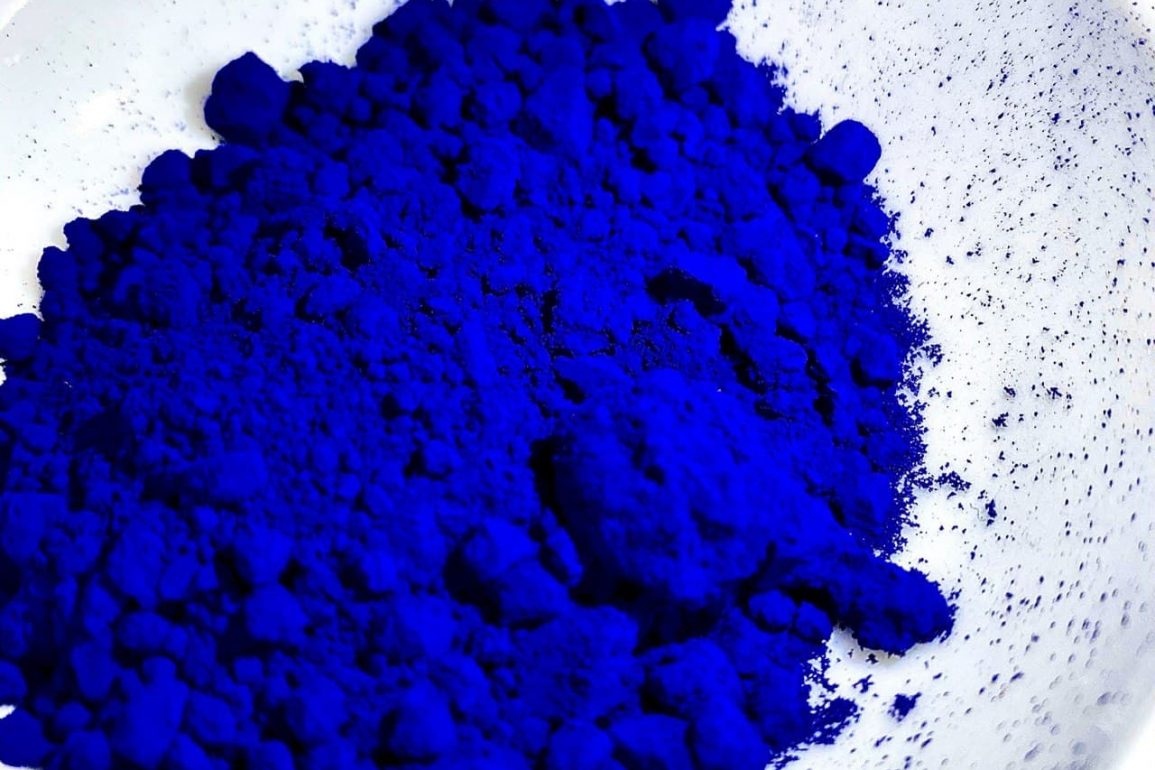MODULE 1.10 ROCOCO COLORS
1/5
There's no tags or description
Looks like no tags are added yet.
Name | Mastery | Learn | Test | Matching | Spaced |
|---|
No study sessions yet.
6 Terms
rococo
rocaille and cocaille, which literally means “pebble” and “shell work” but it referred especially to the small stones and shells used to decorate grotto interiors.
Such shells or shell forms were the principal motifs in Rococo ornament.
Retained the complexity of the Baroque but sacrificed power for refined elegance and a delicate, light profusion of forms
features
Continuous undulating curves
Twisting naturalistic ornament in marquetry and metal
Whimsical interpretation of mainly classical designs, characterized by
carved shells and S-shaped curves.Restless, fluid movement
Fanciful treatment of forms in
nature:Attenuated sprays and tendrils
Pierced and jagged scallop shells
Flower garlands
Flickering flames
Exotic motifs from the Near and Far East, esp. China
Freely modeled forms, often combining natural elements, e.g., animals, shells, and leaves with formal scrolls
Asymmetrical
architecture
buildings had simple moldings around large windows
Delicate cornices, and wrought iron railings
Proportions were subtle and the design was graceful and light.
interiors
rooms were planned with intimate special purpose rooms.
Large halls gave way to small apartments and intimate room and rooms varied according to their function
Pastel painted panels with curved moldings replaced the marble stucco walls of the previous period
fete galante
Paintings depicting the outdoor entertainment or amusements of upper-class society

prussian blue
first modern, artificially manufactured color
made by the colormaker Diesbach of Berlin - accidentally formed the pigment when experimenting with the oxidation of iron